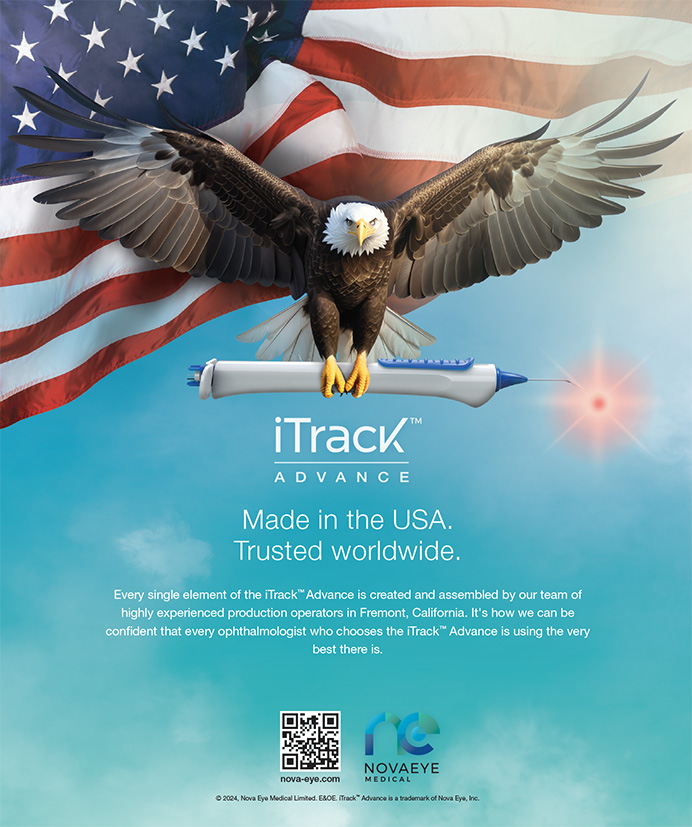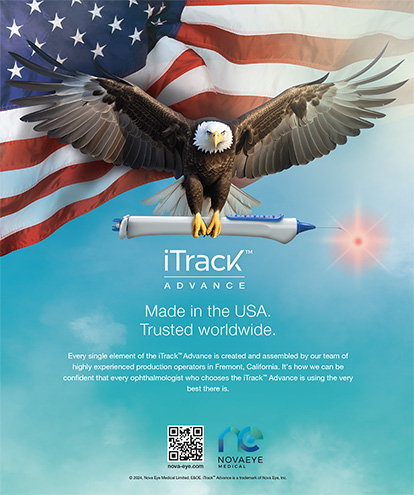Many refractive surgeons I encounter are befuddled by the market's lack of growth in procedural volumes over the past several years. Having recently moved across town to a new house, I find myself in a daze that I think is similar to the confusion these surgeons feel. The day-to-day activities are the same, but I'm starting from a different location, which can be unsettling. I think of the current refractive surgery marketplace in the same way. With 2 consecutive down years now behind us, it's clear that the refractive market has moved to a new address.
LASIK'S NEW ADDRESS
Much of the frustration and disappointment over lower procedural volumes felt over the past few years simply relates to expectations about where they should be. We wanted them to soar, but the market dictated otherwise; sagging consumer confidence, 3 years of bears roaming the stock market, and negative publicity are some of the environmental factors working against procedural growth. The question on the minds of many surgeons is: ?When will things turn around?? Part of the answer lies in your response to the following question: Is refractive surgery a fixture, or is it simply a fad? This is an important distinction, because your answer dictates your attitude and approach toward your refractive offering.
HIGH TECH, HIGH TOUCH
In the best-selling book Megatrends, author John Naisbitt predicts that producers whose offerings can be described as ?high tech, high touch? will do very well in the marketplace. His point is that, when technology is forced on us, it is often difficult to use and can even be detrimental to society. When a strong human component serves to ?filter? a technology into use, however, its adoption is much greater.
How does this concept apply to LASIK? Clearly, LASIK employs advanced technology, bringing relief and freedom to some 6 million patients who were unwilling to accept the risks of RK or ALK. But, I think we've been resting too hard on the laurels of the technology and are largely failing when it comes to the ?high-touch? part of the equation. In refractive surgery, high touch connotes all the human interaction that makes the ?high tech? less intimidating. These interactions begin with that first telephone inquiry and extend well past the surgery. Within this window, there is a significant number of opportunities to exhibit ?high-touch? behavior toward the patient.
RESET EXPECTATIONS
How does one go about increasing the level of ?high touch?? It all begins with belief. You must believe that refractive surgery is indeed a fixture and not a fad. Fixtures take longer to develop and endure beyond fads. In some respects, the early, rocket-like growth in LASIK procedures made it easy to believe that the industry was entitled to automatic growth. To the contrary, the development of a great market (ie, mass market) for LASIK will take years of effort. It's off to a good start, but I think refractive surgeons and providers need to press the reset button on their expectations about market demand for procedures. It's easier to do so once you realize that the market has shifted to a new address. Things are different. Some aspects have improved, yet some are less convenient.
Although you can do very little to change the external environmental factors mentioned earlier, you have all the power and control to affect the internal mechanisms that influence the decisions made by patients. Focus more on the “high touch,” and you'll notice it's coming into balance with the well-established “high-tech” aspects of refractive surgery.
Each month, industry veteran Shareef Mahdavi looks at a different topic relating to the business of refractive surgery and explores how mistakes from the past can be used by all providers for effective marketing. He provides marketing counsel to medical manufacturers as well as individual physicians and is based in Pleasanton, California. Mr. Mahdavi may be reached at (925) 425-9963; Shareef@sm2consulting.com. (970) 920-3315; brintmd@aol.com.


